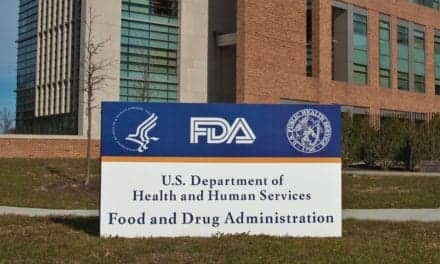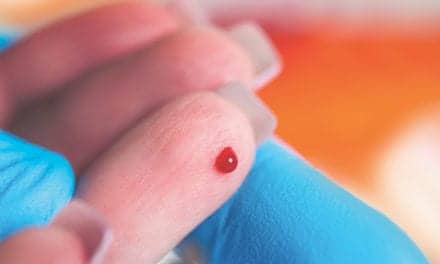A new study by Rice University and the Houston Health Department shows wastewater-based monitoring is an effective way to detect viral outbreaks in schools, which are notable settings people associate with picking up viral infections
After two difficult winters during the COVID pandemic, school districts and medical professionals became concerned of a “tripledemic”—a simultaneous surge in cases of influenza, COVID, and respiratory syncytial virus (RSV).
“School-age children are in close contact with one another daily for long periods,” says Rice environmental engineer Lauren Stadler. “Further transmission of viral infections is also likely due to underreporting of symptoms or from children who are asymptomatic or mildly symptomatic.”
Stadler, the principal investigator on the study, and her lab are part of a collaborative effort to establish a citywide wastewater monitoring system for the protection of public health, along with Rice statistician and community analytics expert Katherine Ensor and Loren Hopkins, chief environmental science officer at the Houston Health Department. Hopkins is also a professor in the practice of statistics at Rice.
The laboratory and data analysis from a 17-month study that tracked SARS-CoV-2 and influenza A and B in wastewater from Houston Independent School District (HISD) campuses demonstrated that viral loads were reflective of school, community and citywide infections. The findings also suggest that wastewater-based epidemiology of schools could be more broadly implemented to reduce the burden of disease on communities and the number of school days missed due to illness.
The results from the study are published in Water Research.
“Although wastewater monitoring of SARS-CoV-2 has been studied extensively, there have been a limited number of studies to date on wastewater monitoring of SARS-CoV-2 in pre-K-12 school settings, nor many studies that have expanded school monitoring to include other respiratory viruses, such as influenza,” Stadler says.
The HISD schools participating in the study—39 elementary and early-childhood centers, five middle schools, five high schools and two combined-grade-level schools—were selected based on ZIP code as well as COVID positivity and vulnerability rates.
School wastewater monitoring operates much like at a municipal wastewater treatment plant. Weekly composite samples are collected by Houston Public Works from manholes that capture wastewater generated at the schools over a six-hour timeframe during school hours.
Stadler’s Rice lab analyzes the wastewater samples for influenza and SARS-CoV-2 genomic fragments, and the Houston Health Department’s lab analyzes for SARS-CoV-2.
Weekly reports are communicated back to the schools and city and public health officials to enable strategies to stop the onset of potential outbreaks. School SARS-CoV-2 and influenza trend information is also available to the public through the City of Houston Wastewater Monitoring Dashboard and is linked on HISD’s Health Alerts website.
“We have developed a unique partnership with HISD through this project and will continue to work with school and district leadership to quickly identify emerging outbreaks and hotspots and provide interventions and resources,” says Hopkins.
Hopkins, an expert in environmental science and engineering, contributed to a consensus study report released last month by the National Academies of Sciences, Engineering and Medicine that looked at the value of wastewater surveillance as a tool to trace, prevent and control the spread of infectious diseases beyond COVID-19.
The team of Rice-Houston Health Department collaborators operates as Houston Wastewater Epidemiology, which has gained a reputation as a leader in the field and is designated as a National Wastewater Surveillance System Center of Excellence by the Centers for Disease Control and Prevention.
Major contributors to the analysis and writing of the study from Stadler’s lab were research technician Madeline Wolken, postdoctoral fellow Camille McCall and Prashant Kalvapalle, a doctoral student in systems, synthetic and physical biology.
Ensor’s statistical analysis and reporting team, which includes contributing author and doctoral student Thomas Sun, collaborates with analysts Rebecca Schneider, Kelsey Caton, Courtney Hundley and Kaavya Domakonda of the Houston Health Department’s Data Science Division, which is managed by Hopkins.
Additional co-authors on the study include Stephen Williams, director of the Houston Health Department, and Dr. David Persse, the public health authority for the City of Houston, who is responsible for the medical aspects of clinical care quality management, disease control and public health preparedness.




